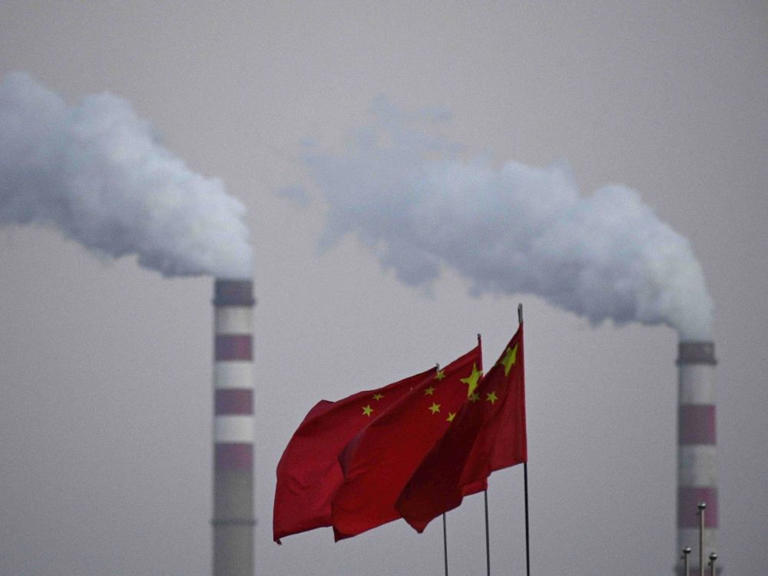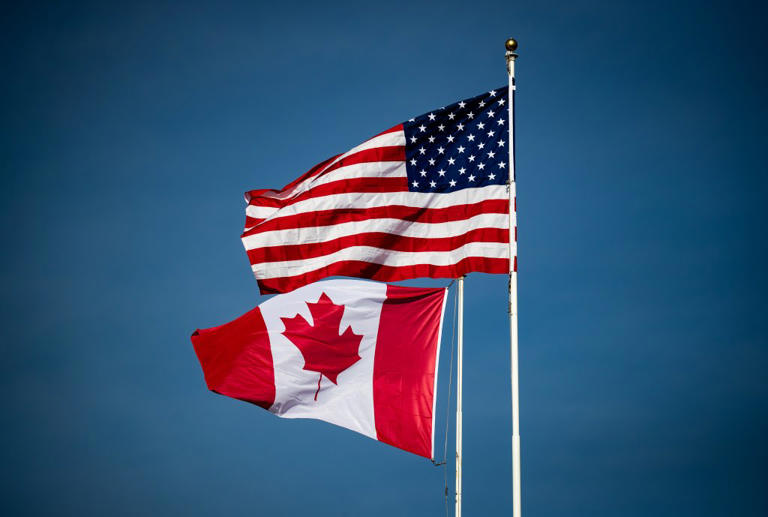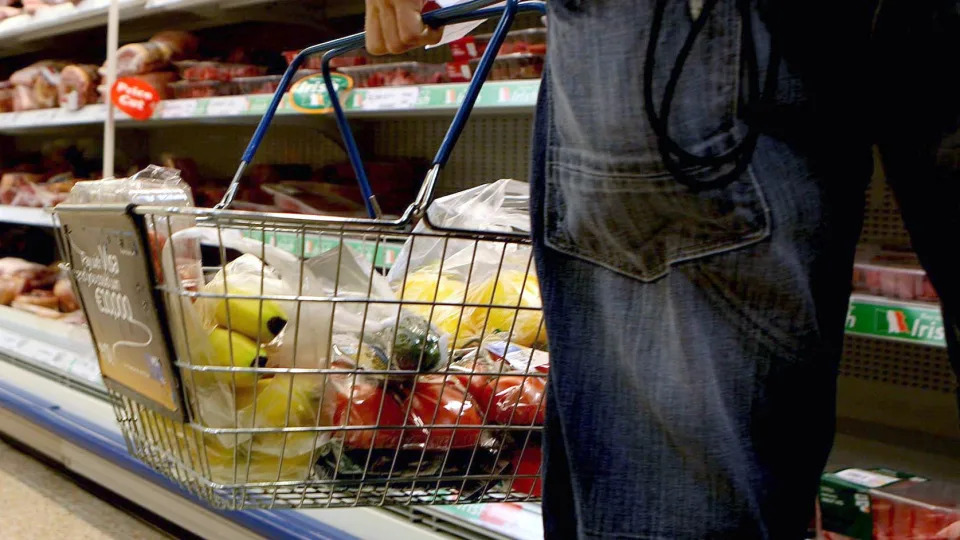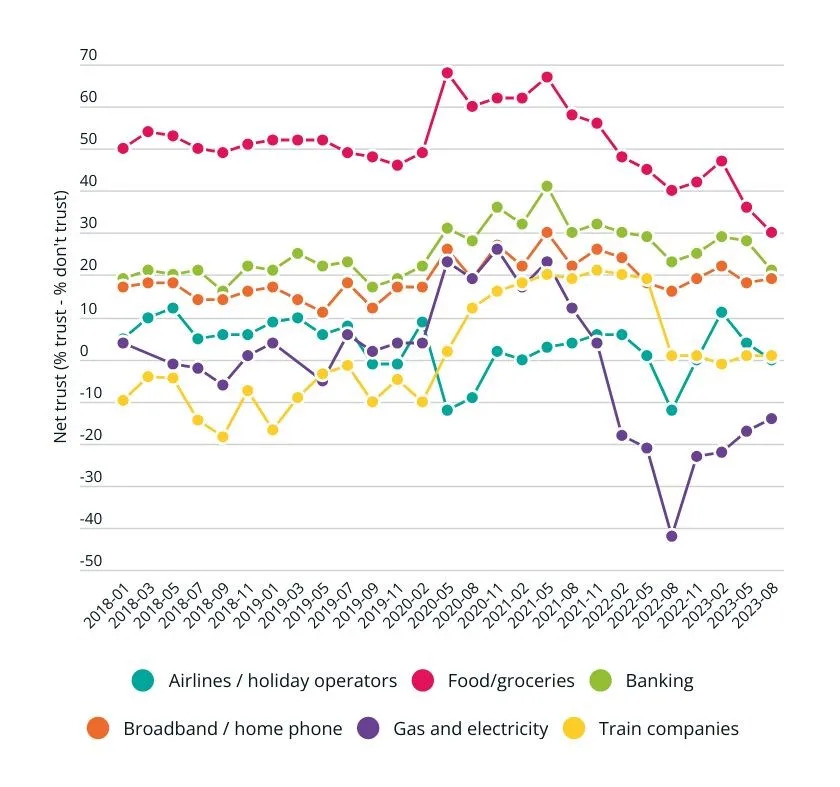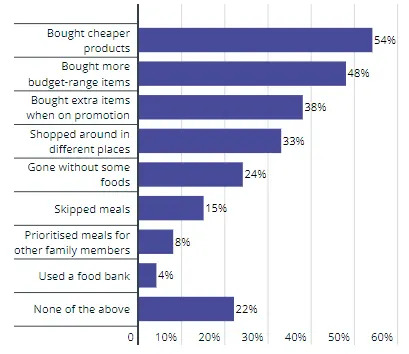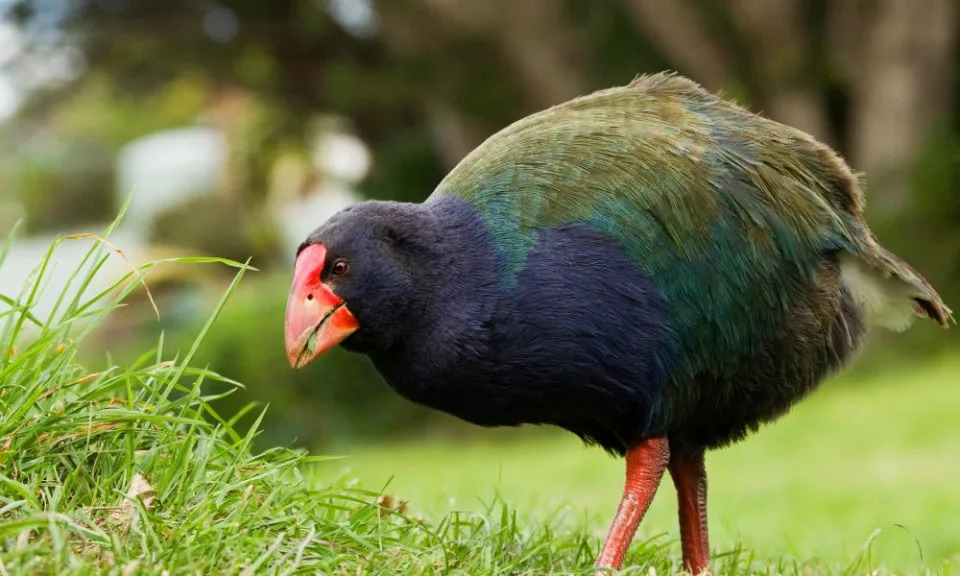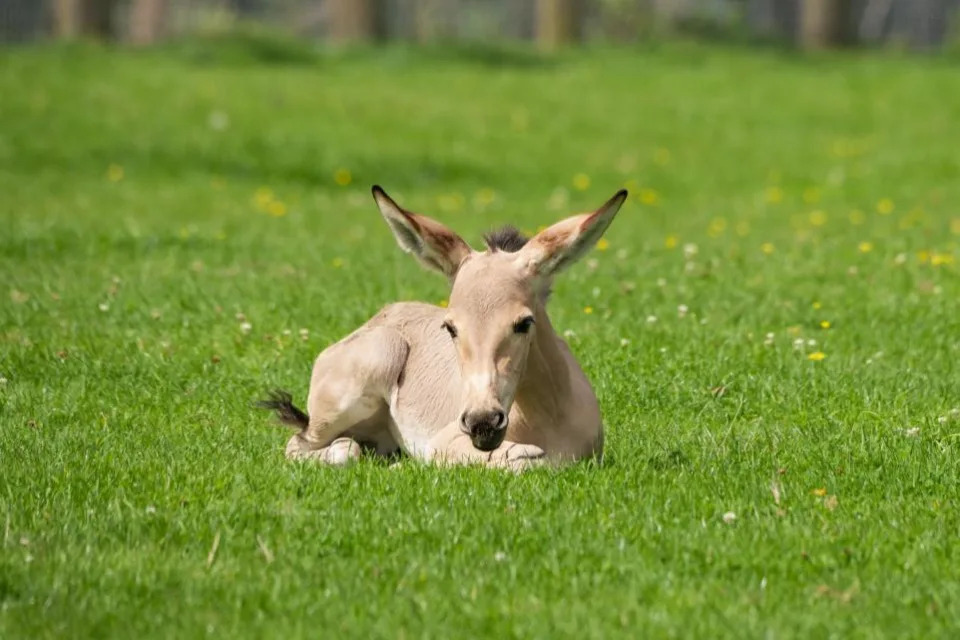‘Off-the-charts records’: has humanity finally broken the climate?
Damian Carrington, Nina Lakhani, Oliver Milman , Adam Morton, Ajit Niranjan and Jonathan Watts
Mon, 28 August 2023
LONG READ
The record-shattering heatwaves, wildfires and floods destroying lives in the US, Europe, India, China and beyond in 2023 have raised an alarming question: have humanity’s relentless carbon emissions finally pushed the climate crisis into a new and accelerating phase of destruction?
The issue is being strongly debated, with accusations of doom-mongering being countered with charges of complacency. The answer matters: how bad is it, and how can we limit the damage? To find out, the Guardian asked 45 leading climate scientists from around the world. We also asked the equally vital question of whether extreme weather events were hitting people faster and harder than expected.
The scientists told us that, despite it certainly feeling as if events had taken a frightening turn, the global heating seen to date was entirely in line with three decades of scientific predictions. Being proved right was cold comfort, they said, as their warnings had so far been largely in vain
Increasingly severe weather impacts had also been long signposted by scientists, although the speed and intensity of the reality scared some. The off-the-charts sea temperatures and Antarctic sea ice loss were seen as the most shocking.
The feeling of entering a new age of devastation was the result of the return of the natural El Niño phenomenon, which has temporarily turbocharged global heating, they said. Another factor was many people being confronted with extreme weather they had never experienced before, as climate impacts began to clearly stand out from usual weather.
The scientists were clear the world had not yet passed a “tipping point” into runaway climate change, but some warned that it got ever closer with continued heating.Interactive
The scientists also warned that the “crazy” extreme weather of recent months was just the “tip of the iceberg” compared with the even worse impacts to come. In just a decade the exceptional events of 2023 could be a normal year, unless there is a dramatic increase in climate action. Some further warned that the tendency of climate models to underestimate extreme weather meant we were “flying partially blind” into a future that could be even more catastrophic than anticipated.
However, a “tiny window” of opportunity remained open to tackle the climate crisis, they said, with humanity having all the tools needed. The researchers overwhelmingly pointed to one action as critical: slashing the burning of fossil fuels down to zero.
“Climate science’s projections are pretty robust over the last decades. Unfortunately, humanity’s stubbornness to spew out ever-higher amounts of greenhouse gases has also been pretty robust,” said Prof Malte Meinshausen, of the University of Melbourne, Australia.
‘Crazy off-the-charts records’
The temperature of the planet is driven by two factors: the heat trapped by the ever-growing concentration of greenhouse gases emitted by human activities and, to a lesser extent, natural climate variation. Carbon emissions were already driving up temperatures faster than for thousands of years, and the re-emergence of the natural El Niño phenomenon in 2023 is adding a further boost.
“While some of the records being set in 2023 are just crazy off-the-charts, everything is actually tracking within the range of projections of how Earth would respond to increasing greenhouse gas emissions – projections we’ve had now for the last 30-plus years,” said Prof Matthew England, of the University of New South Wales (UNSW), Australia.Interactive
Dr Shaina Sadai, of the Union of Concerned Scientists in the US, said: “This year has been disturbing with the severe, unrelenting and record-breaking heat, but it is in line with what climate scientists and climate models have long predicted.”
“The temperature increase has particularly accelerated since about the 1960s [as emissions accelerated] and is continuing to rise steadily,” said Prof Jana Sillmann, of Hamburg University in Germany.
But the scientists said there was no evidence for any sudden, new acceleration.
“[Global] warming is remarkably steady, and that’s bad enough,” said Prof Michael Mann, of the University of Pennsylvania, US. “There is no reason to invent an ‘acceleration’ that isn’t there to make the case for urgency. The impacts of warming make the case for urgency.”
“A jump in temperatures was expected when shifting to El Niño,” said Dr Mika Rantanen, of the Finnish Meteorological Institute in Helsinki.
“The swings from year to year due to natural variability mean that global temperatures rise like a staircase, rather than a straight line, and we’re seeing a big step up so far this year,” said Prof Julie Arblaster, of Monash University, Australia. “Some of the changes observed in the last few months have been quite shocking, from the record-breaking ocean temperatures to record low Antarctic sea ice extent.”
The current level of extreme weather impacts boded ill for the future as emissions continued to be pumped into the atmosphere, the scientists said. “Unfortunately, these new records will not last. Global warming will push records into the unknown sooner rather than later,” said Dr Raúl Cordero, until recently at the University of Santiago, Chile.
“July has been the hottest month in human history and people around the world are suffering the consequences,” said Prof Piers Forster, of the University of Leeds, UK. “But this is what we expected at [this level] of warming. This will become the average summer in 10 years’ time unless the world cooperates and puts climate action top of the agenda.”
Many of the scientists were blunt about our future prospects. Prof Natalie Mahowald, of Cornell University, US, said: “What we are seeing this year is just the tip of the iceberg, so to speak, of what we expect to happen.” Meinshausen said: “If we do not halt global warming soon, then the extreme events we see this year will pale against the ones that are to come.”
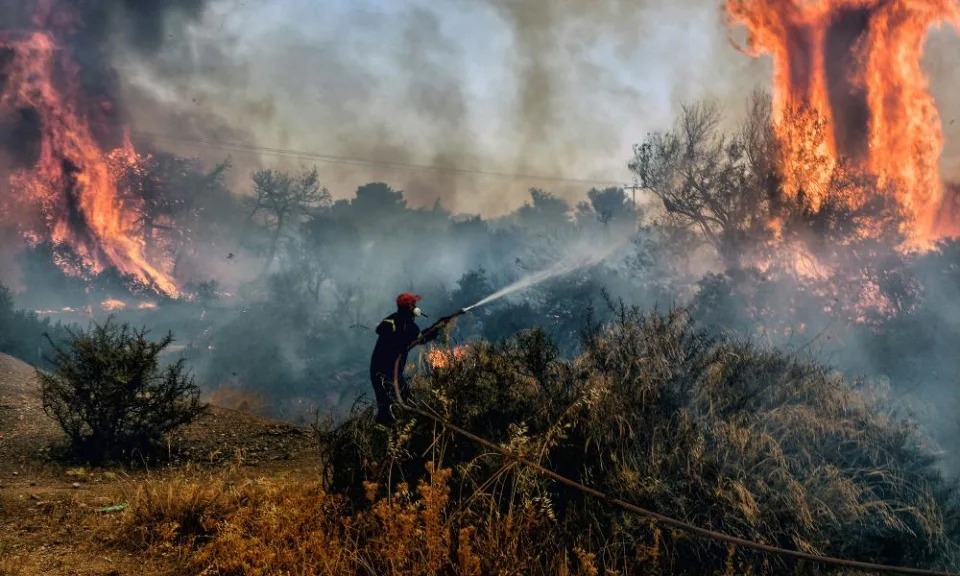
A firefighter douses flames on a wildfire at the Panorama settlement near Agioi Theodori, about 70km west of Athens, on 18 July 2023. Photograph: Valérie Gache/AFP/Getty Images
‘Living the predictions’
While the scientists were clear that overall global heating was playing out as predicted, their views on whether the extreme weather impacts were hitting faster and harder than expected were more varied as they encompassed a wider range of factors.
“The impacts are frighteningly more impactful than I – and many climate scientists I know – expected,” said Prof Krishna AchutaRao, of the Indian Institute of Technology, Delhi. Prof Francisco Eliseu Aquino, of the Federal University of Rio Grande do Sul, Brazil, said: “I have also been scared by these extreme events in the last weeks and months. They are more intense and going beyond what we expected for this decade.”
“My expertise is in heatwaves, and I’m not surprised most of the northern hemisphere has had heatwaves this summer, but the intensity is greater than I expected,” said Sarah Perkins-Kirkpatrick, an associate professor at UNSW. “We are hitting record-breaking extremes much sooner than I expected. That’s frightening, scary and concerning, and it really suggests that we’re not as aware of what’s coming as we thought we were.”
Others thought the extreme weather events were mostly within the realm of predicted impacts, but were still stunned. “Some of the extreme events, such as heatwaves on land and in the oceans, have been pretty shocking even for the scientists who have been expecting this to some extent,” said Prof Andrea Dutton, of the University of Wisconsin-Madison, US.
“Two decades back, when I used to talk about the impacts of climate change, people used to feel I was scaring them about the possibilities,” said Suruchi Bhadwal, of the Energy and Resources Institute, India. “Today, when these events have started unfolding, people are realising the risk that exists.”
Prof J Marshall Shepherd, of the University of Georgia, US, put it succinctly: “Climate scientists have warned of this for decades and we are now living these predictions.”
Prof Joseph Mutemi, of the University of Nairobi, Kenya, said action to cut emissions had not yet been sufficient to even start stabilising the climate: “Humanity should not be surprised by episodic and higher energy weather extremes, and therefore bigger losses and damages, during the current decade.”
Mann said: “There is a misconception, however, that these extreme weather events constitute some sort of ‘tipping point’ that we’ve crossed. They don’t. They are tied directly to the surface warming, which is remarkably steady aside from temporary fluctuations due to things like El Niño.”
‘More vulnerable’
The variation in the scientists’ views was influenced by some considering the extreme weather events themselves, and others assessing the impacts on people and their vulnerability and other factors.
“The weather is changing as expected and predicted by scientists, but our societies and ecosystems are more vulnerable to even small changes than expected previously, and so the damages are worse,” said Dr Friederike Otto, of Imperial College London, UK.
Prof Hugo Hidalgo, of the University of Costa Rica, said that, with climate impacts disproportionately hitting the poor, “vulnerability – the social aspect of risk – has been increasing in the world, which has exposed people to more risky situations”.
Dr Christophe Cassou, a CNRS researcher at Université Toulouse III – Paul Sabatier, in France, said: “Changes in hazards have not been underestimated at global scale, though some of the heat extremes are in the upper-range of the anticipated outcomes. But the impacts have been underestimated because we are much more vulnerable than we thought – our vulnerability is smacking us in the face.”
“We have the impression that extreme heat is hitting us sooner and with greater intensity because of our unpreparedness,” Cassou added. “Our perception is also biased by the fact that we are living more often in uncharted territory, which gives a sense of acceleration. We now feel climate change that is emerging above usual weather.”
Dr Pep Canadell, of CSIRO Environment in Australia, said: “Climate extremes are becoming more widespread, so we talk more about it and it feels like it is coming faster than we thought.”
“I do think we are hitting a tipping point in global consciousness,” said Prof Katharine Hayhoe, chief scientist at the Nature Conservancy. “For years I’ve spoken about the challenge of psychological distance: when people are asked if they are worried about climate change, they say yes; but then when asked if it affects them, they say no. That barrier is falling very quickly as nearly everyone can now point to someone or somewhere they love that is being affected by wildfire smoke, heat extremes, flooding, and more.”
‘Flying blind’
Numerous scientists also highlighted the difficulty global climate models have in assessing extreme weather events. “We have strongly suspected for a while that our projections are underestimating extremes, a suspicion that recent extremes have proven likely to be true,” said Hayhoe.
The biggest reason was that extremes are by definition rare, meaning there were few examples on which to base models. “It is difficult to model something that you have almost no physical evidence for and, in the case of unprecedented extremes, no physical evidence,” Hayhoe said. “We are truly in uncharted territory in terms of the history of human civilisation on this planet.”
Prof Tim Palmer, of the University of Oxford, UK, raised another reason: the relatively coarse resolution of global climate models, where each data point usually represented an area of 100km by 100km.
“Climate models do such a poor job at simulating regional extremes of weather that I don’t think scientists were especially surprised that observed weather extremes were becoming more intense than predicted by the models,” he said. “We need much higher resolution climate models if we are to stand a chance of simulating these extreme weather events.”
Climate models also appeared to miss some of the more subtle mechanisms behind summer heatwaves, said Mann. Research suggested global heating was stalling the northern jet stream wind, he said: “So the same regions get baked or rained on day after day – precisely the sort of persistent, extreme weather events we’re experiencing this summer.”
The issues with models meant “we may be seriously underestimating the dangers ahead”, said Cordero. “We are flying partially blind on what to expect for climate extremes.”
The peak of El Niño is usually in December and its impact is most intense in South America. Dr Marcos Andrade, of the Higher University of San Andrés in La Paz, Bolivia, said: “Let’s see what happens. It is a test of how extreme things can be.”
Dr Rein Haarsma, of the Royal Netherlands Meteorological Institute (KNMI), said even if climate tipping points may not have been passed yet, they were getting closer: “The extremes we see now happening could induce tipping points such as the collapse of the Atlantic meridional overturning circulation and melting of the Antarctic ice sheets that would have devastating impacts. These tipping points are considered as high impact but low likelihood. But the recent extremes, and the poor understanding of the causes, mean I am not sure about the low likelihood.”
Prof Emily Shuckburgh, of the University of Cambridge, UK, said the 2022 report from the Intergovernmental Panel on Climate Change concluded the risks from global heating were higher than was thought when the Paris climate agreement was signed in 2015, with a headline temperature rise limit of 2C and an “ambition” to keep below 1.5C of warming. “The new understanding of an increased level of risk underlines the absolute necessity to keep below 1.5C if we are to avoid the worst impacts of climate change,” she said.
‘Stop burning fossil fuels’
The scientists responding to the Guardian were absolutely clear on how to achieve that. “We need to stop burning fossil fuels,” said Otto. “Now – not sometime when we’ve allowed companies to make all the money they possibly can.” Others said the world was on “code red alert” to stop fossil fuel extraction and to fight to halt new exploration projects.
Sadai said the dramatic growth of carbon emissions since 1990 was “largely due to the failure to rein in the fossil fuel industry and the multi-decade campaign of delay and disinformation they created”.
“Anyone in any way perpetuating the fossil fuel era, deforestation or any of the other drivers of climate change is firmly on the wrong side of history,” said Shuckburgh. Bhadwal put it most simply: “In order to make the Earth habitable for future generations, we need to take drastic measures to reduce the concentrations of greenhouse gases.”
Success was possible, the scientists emphasised. “Human actions still have the potential to determine the future course of climate,” said Dr Swapna Panickal, of the Indian Institute of Tropical Meteorology. “The window of opportunity is tiny, but it is still open,” said Cassou.
“We have all the economic and technological tools to reduce emissions swiftly,” said Meinshausen. “So we need to elect governments that are willing to embark on the journey. The transition will come simply because of economic reasons – renewables are now cheaper than fossil fuels – but the question is whether it will come fast enough.”
Vincent Ajayi, an associate professor at the Federal University of Technology Akure, Nigeria, said: “Governments must not merely make empty promises but must wholeheartedly commit to fulfilling their obligations to protect our planet’s future.” Canadell said: “Governments on their own might not have the appetite to manage such a fundamental and rapid transformation, but strong pressure from civil society could empower them.”
Prof Paola Arias, at the University of Antioquia, Colombia, said the transition must be fair to all: “We need, above all, a just and equitable transition. A very small percentage of the human population is responsible for most greenhouse gas emissions.”
The scientists said enabling people to adapt to already unavoidable impacts was also vital, as was addressing the loss and damage caused by climate change in vulnerable nations.
“Knowing that we will look back on today’s extreme events as mild relative to what lies in our future is truly mind-boggling and hopefully serves as a wake-up call,” said Dutton. “The speed at which we make this transition will define the future that we get.”
“We can’t let the devastation wreaked this summer become the new normal,” said Forster.
The following scientists also provided their views and helped shape this article: Dr Rose Abramoff, Ronin Institute; Dr Eric Alfaro, University of Costa Rica; Prof Guðfinna Th Aðalgeirsdóttir, University of Iceland; Prof Richard Betts, UK Met Office; Dr Erika Coppola, International Centre for Theoretical Physics, Italy; Dr Brenda Ekwurzel, Union of Concerned Scientists, US; Prof Kerry Emanuel, Massachusetts Institute of Technology; Prof Gregory Jenkins, Pennsylvania State University; Humayain Kabir, assistant professor, University of Chittagong, Bangladesh; Dr Peter Kalmus, Nasa Jet Propulsion Laboratory; Dr Andrew King, University of Melbourne; June-yi Lee, associate professor at Pusan National University, Republic of Korea; Dr Elizaveta Malinina, Canadian Centre for Climate Modelling and Analysis; Dr Izidine Pinto, Royal Netherlands Meteorological Institute; Prof Andy Pitman, University of New South Wales; Sophie Szopa, Institut Pierre-Simon Laplace, France.


